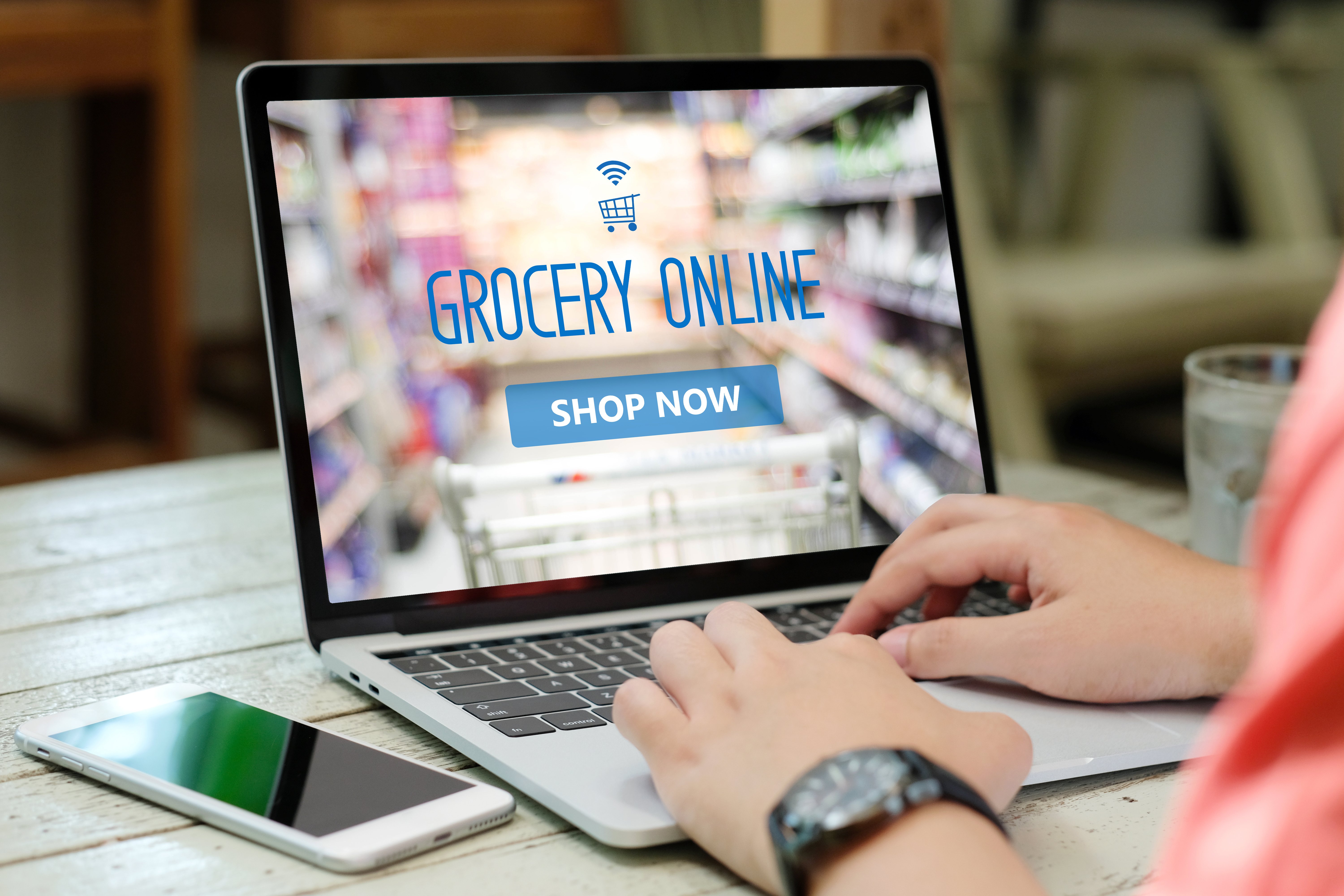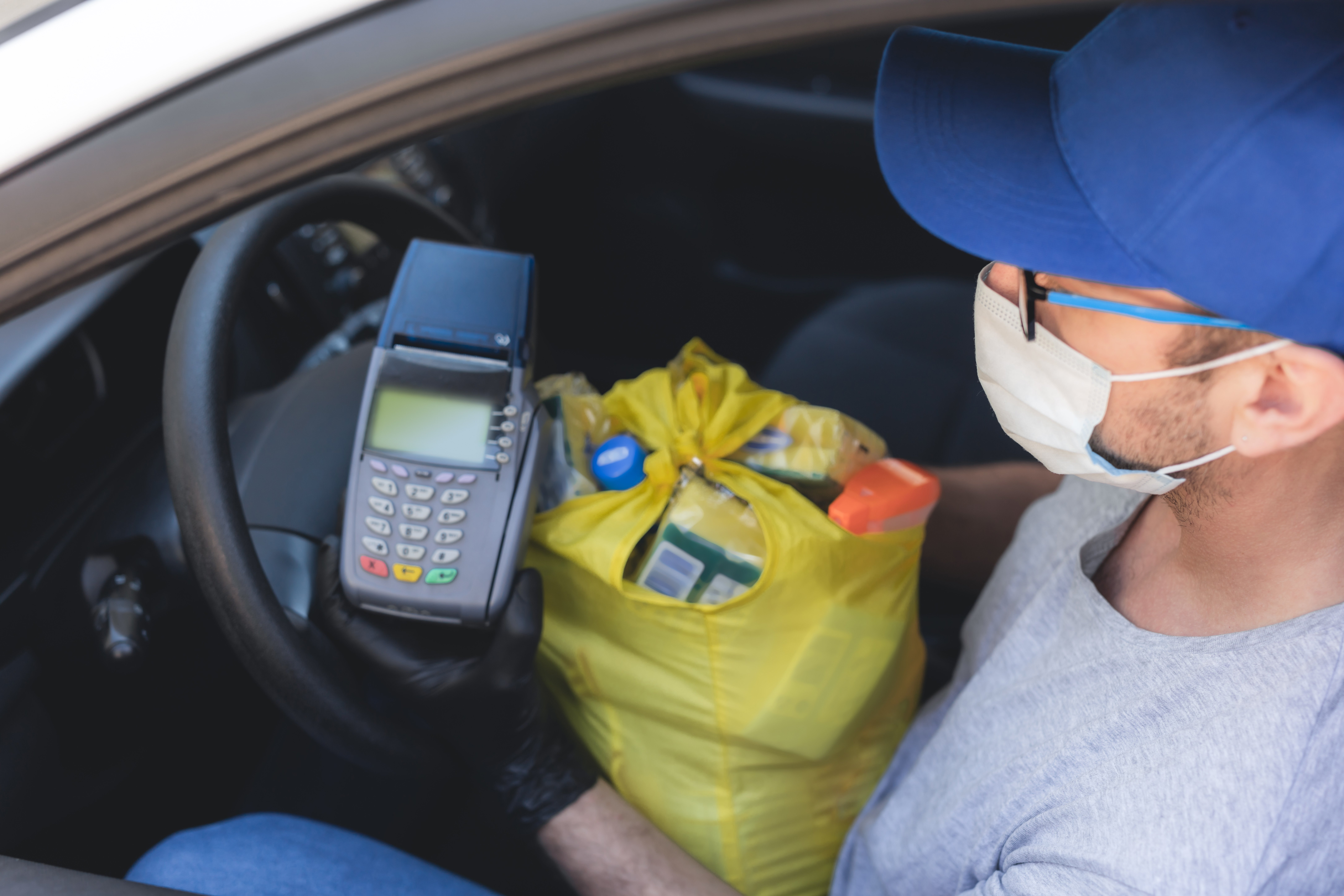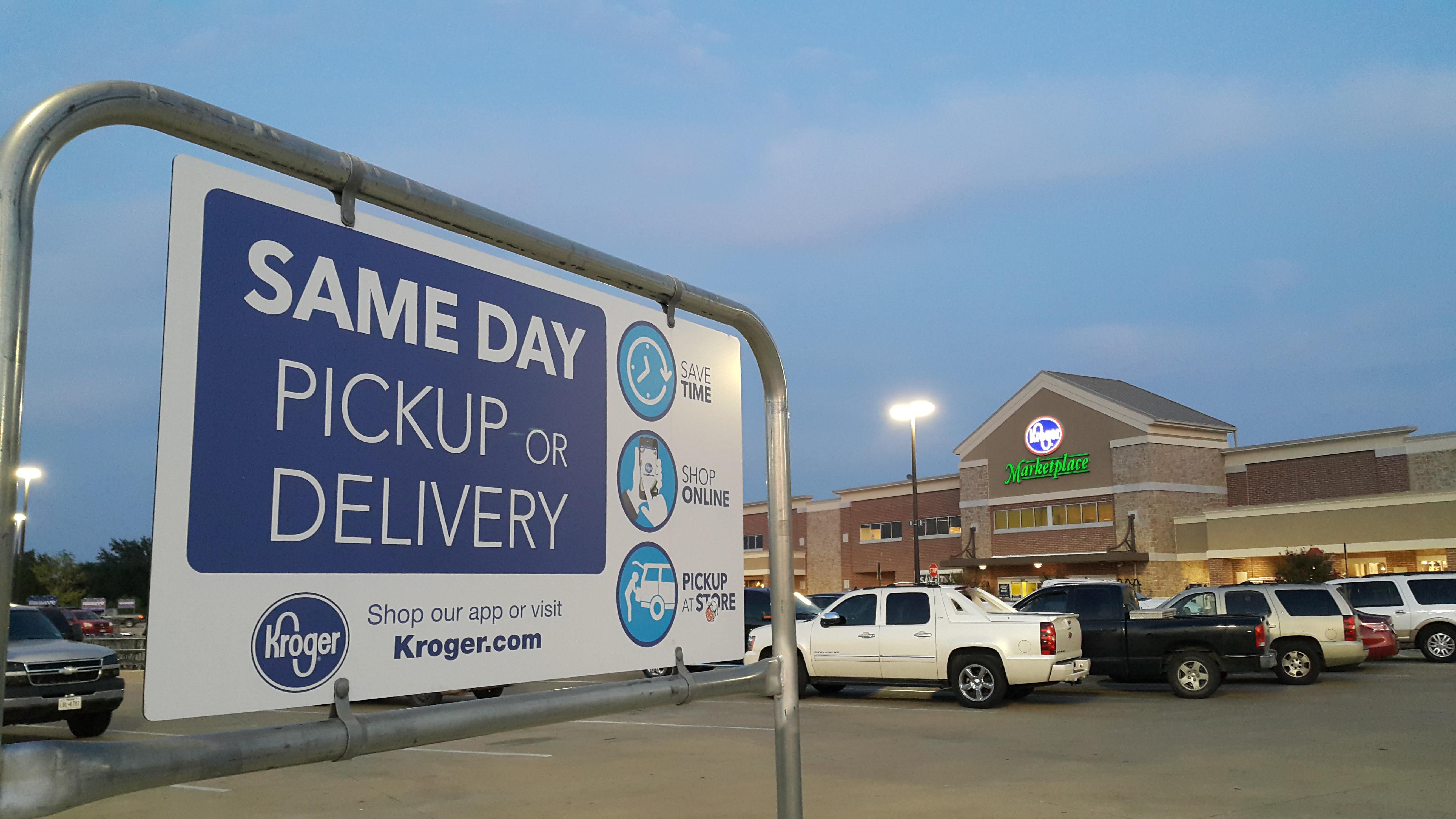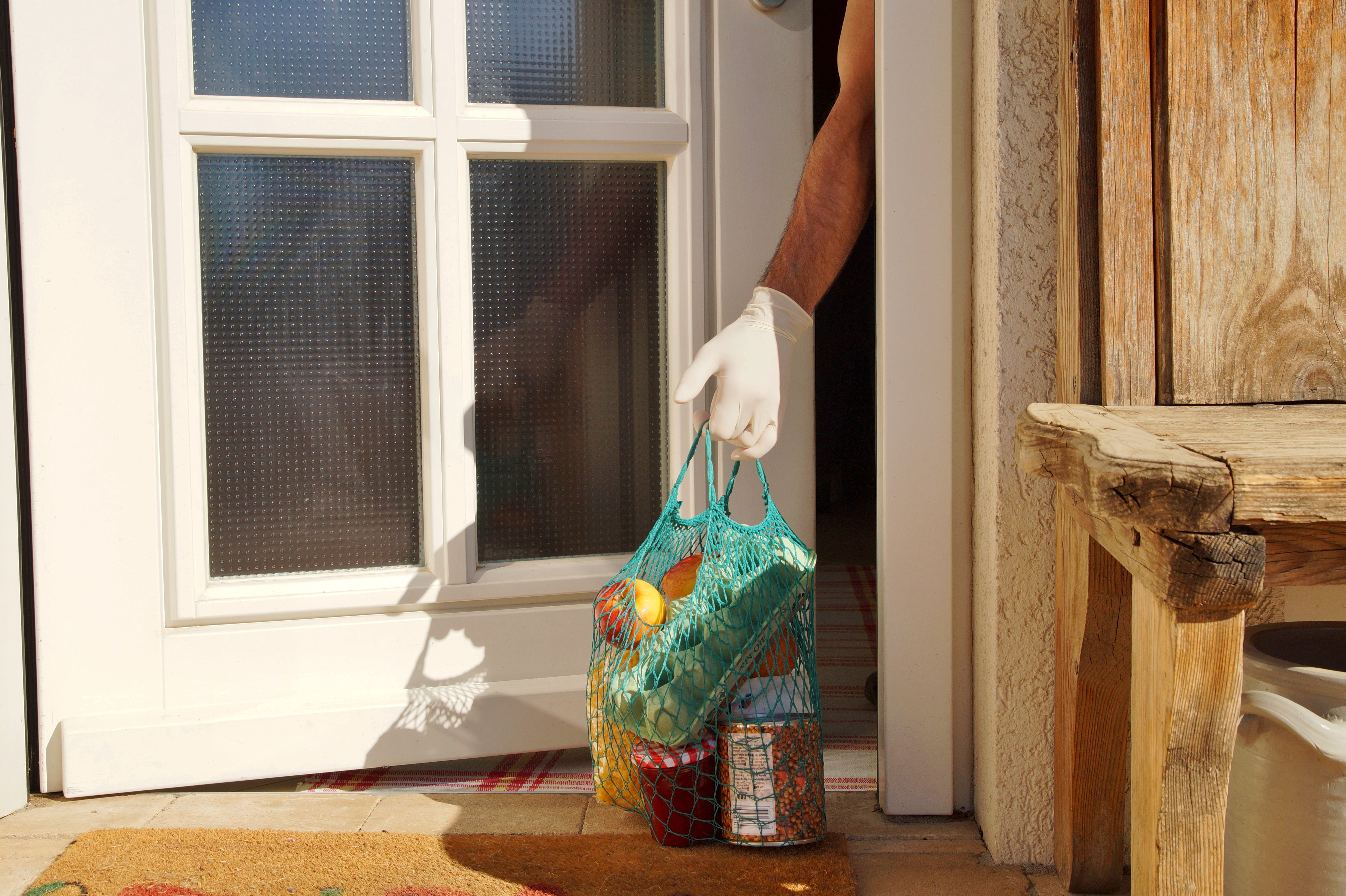In these times, grocery delivery can be stressful. An anecdote: Hearing that Amazon Prime Now grocery delivery windows were being released at midnight each day, last night (or was it this morning?) my man and I set our alarm and tried to time it just right. But the stress of rushing through our grocery shopping combined with miscommunications led to a late-night (or was it early-morning?) shouting match about shared responsibilities, mutual respect, and the difference between ‘want’ and ‘need.’
It was pointless, it was regrettable. And, ultimately, it was nothing compared to the daily stress and frustration experienced by grocers, their employees, and people without reasonable access to grocery delivery because of its surging demand.
Today, we are going to look at the steps grocers and delivery services are taking to increase their capacity and accelerate their delivery timetables as coronavirus social-distancing orders continue to stress delivery operations to the point of breaking. We will also consider TrendSource’s most recent grocery industry market research data, which shows that, while consumers are moving towards omnichannel offerings for the long-term, there are still concerns about in-store shopping that must be addressed as soon as possible.
Amazon Suspends New Enrollment for Prime Now Grocery Delivery

News came out Monday morning that, to improve user experience, dependability, and availability, Amazon is no longer enrolling new customers for grocery delivery--only those already in its Prime ecosystem will be able to place orders, with newcomers asked to register and wait to be notified when there is capacity. Their blog post announcing the changes promises they are “increasing capacity each week” and will “invite new customers to shop each week.” Additionally, Amazon will launch a new virtual queue, where customers are given delivery windows on a first-come-first-served basis.
These two moves are a direct response to the noise Prime customers have been making on social media (and no doubt to Amazon’s customer service reps) in recent weeks about delayed delivery time tables for both Prime Now grocery and Prime writ large. Existing Prime members who, before the pandemic only used Prime Now grocery delivery sparingly if at all, are now flooding the service with orders and are frustrated that a Prime perk they long ago paid for is not available when they need it.
By expanding their demand, existing Prime members have already stretched Amazon to its grocery delivery limits and, since the lockdowns began, Amazon has been enrolling thousands of new Prime members every day. These people have been chased out of brick and mortar grocery stores by the coronavirus and who are naturally turning to the most famous delivery brand in the country.
Though it admittedly occured in a pre-coronavirus world, Amazon’s move brings to mind Rent the Runway’s enrollment freeze in the fall of 2019. With their supply chain and logistics stretched to the limit, as well their existing customers getting rather vocal about missed deliveries, canceled orders, and limited availability, Rent the Runway temporarily halted enrollment, promising to attend to its current customers before focusing on expanding their market share.
Of course, though fashion is serious business, it is not the same as grocery staples, just as the problems of Fall, 2019 are nothing like today’s. But taking care of the customers you have before adding new ones is as basic a principle as ‘buy for a dollar and sell for two.’ Though Amazon’s move favors early adopters and tech savvy consumers ahead of the delivery curve (seniors who live alone clearly need this service more than me, my boyfriend, or any other existing Prime member I know), it had to be done. What value is a product or service that you cannot deliver on? If Amazon's Prime members continued to be dissatisfied, and continued to be vocal in their dissatisfaction, the Prime product would lose its value.

Amazon is already delaying traditional retail deliveries--the Prime 1-day delivery guarantee was an early COVID-19 casualty--and though its Prime Video offering has been a lifeline for many (stream Counterpart, like right now!), Prime membership needs to communicate value. This move helps ensure that it continues to do so and, as an extra bonus, adds an aura of exclusivity, with people literally waiting their turn to join.
Accelerated Grocery Delivery Capacity is Encouraging, But It Is Nowhere Near Meeting Demand
This is not the only recent news of grocers and delivery services taking steps to streamline and expand their delivery operations. It’s not even Amazon’s only recent move as the retailer also started closing some of its Whole Foods locations to foot traffic (most famously Bryant Park), converting them, at least for the time being, to exclusive grocery delivery fulfillment centers.
Grocery delivery industry leader Instacart--which has seen grocery delivery orders surge by 300% over the last week alone, with basket size increasing 25% over the same time period--recently put two new grocery delivery programs into place, both aimed at increased availability and turnaround. In recently completed pilots the programs increased availability by 50% while also accelerating order delivery.
And at the same time, regional grocery stores like H-E-B and Hy-Vee similarly announced measures to do the exact same thing: Expand capacity and accelerate delivery, which is, for obvious reasons, the name of the game for the foreseeable future.
These efforts are significant and will help to deliver capacity. However, they still will not be nearly enough to move us to a digital-dominant grocery shopping model anytime soon. Recall that Instacart reports a 300% surge in the last week; they are addressing this as best they can and should be proud they have increased delivery availability by 50%...but that is obviously still falling short of surging demand.
This isn’t for lack of effort or foresight; we all saw our digital future coming, just not this quickly. We all knew something like this could happen but now that it has, well it is faster and scarier and so much more destructive than we thought.
So, grocers and delivery services are doing their darndest, but for the time being, need to focus just as much on improving in-store safety. This is especially important as we face another day of increasingly common but nonetheless tragic news that more grocery store employees have contracted and been killed by COVID-19.
Look, we just are going to say this once: It is safer for grocery employees to fulfill delivery orders than it is to interact on the sales floor with customers. There is no escaping this truth, just as there is no simple way to address it.
Grocery Industry Market Research: Customers Want Contactless Payment, Extended Free Curbside Pickup
Curbside pickup seems to be an ideal way to blend in-store with digital--that’s what omnichannel means, after all. And, According to TrendSource’s most recent grocery industry market research, there is much customer enthusiasm around this service.

Indeed, in a recent grocery market research survey, TrendSource found that, in locations in which grocers have started to offer free curbside pickup, 59.2% of customers hope to see this service remain in place even after the virus recedes. In the face of social isolation, customers have embraced omnichannel grocery offerings.
But even this move to omnichannel will be necessarily slow and in-store shopping will remain a fact of life. So, despite the winds and tides all changing everyday, the goals today are the same as yesterday: Ensure employee and customer safety and comfort for in-store shopping. It’s not the safest way for a population to get their groceries during a pandemic, but it is the best way we have and grocers must do everything they can to make it even better.
One thing to consider: Customers, according to our market research data, want touchless checkout implemented across the board. Only 12.5% of respondents reported their grocery store offered this technology; among those where this wasn’t an option, nearly half (47.1%) want it instituted as an additional safety measure.
Of course, this is not merely a piece of hardware to be installed like plexiglass between customer and employee. Converting to cashless payment via Apple Pay, Google Pay, Samsung Pay, and Microsoft Pay (yeah, we didn't know about that one either) requires terminal adjustments, platform adoption, and training to say nothing of the fees and data control issues that have to this point made many grocers and retailers resistant. But, as can be expected, in trying times, consumers focus their frustration on their nearest point of contact, in this case grocers and retailers, who customers expect to implement this technology as a table stake safety measure.
Like we said, the demand for omnichannel and digital grocery is there, customers want the service and are willing to learn how to use it. Capacity will ramp up over time but we cannot expect a nation to pivot overnight. Until then, we all are going to have to do the best we can with what we have.
That’s what me and my man reminded ourselves last night as we went to bed, both forgiven and understood but frustrated just the same.


